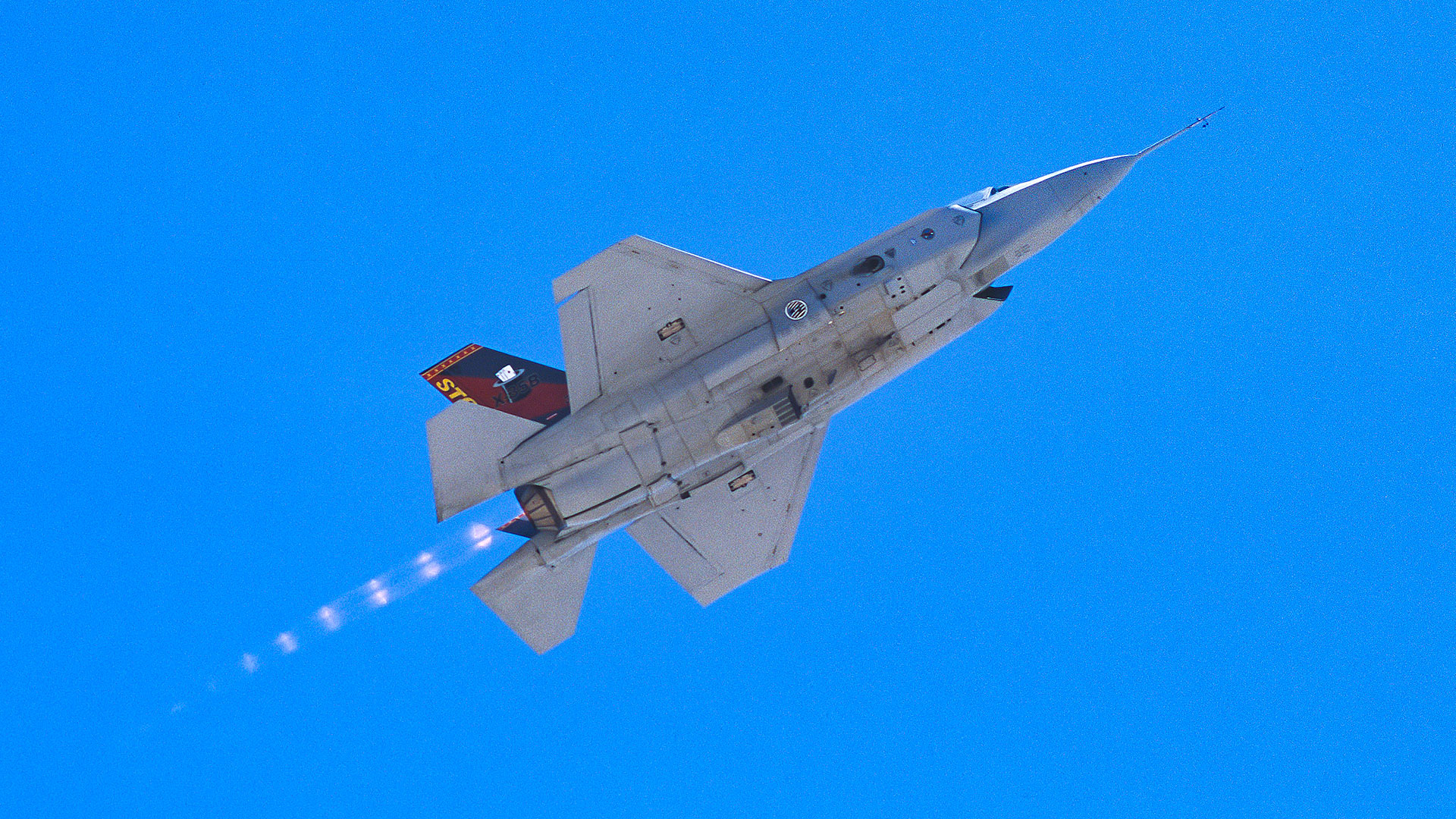News
The Hat Trick History: Mission X
July 20, 2021
On July 20, 2001, Lockheed Martin, U.S. military officials and the aerospace community focused their attention on a single X-35, the concept demonstrator aircraft that would later be known as the F-35, stationed in Edwards Air Force Base, California, as it embarked on a journey to pass one of the most significant flight tests in aviation history – Mission X.
The F-35B was designed to replace the Marine Corps aging fleet of British Harriers. The F-35B variant is the world’s first long-range, supersonic Short Take-Off and Vertical Landing stealth aircraft and it is built to operate from austere bases and a range of air-capable ships. In fact, it can land on the smallest of landing footprints just like helicopters. What made this novel capability possible was a unique, patented design known as the shaft-driven lift fan, developed by an engineer at Lockheed Martin Skunk Works®.
For the X-35 community, Mission X was Lockheed Martin’s opportunity to demonstrate these unique qualities through the successful execution of three basic events in a single mission. The mission consisted of a 450-foot short takeoff, climbing to 25,000 feet, making a supersonic dash, and returning to the field for a vertical landing – an aviation first. Mission X was deemed the F-35 program’s Hat Trick.
In California, it was test pilot Arthur “Turbo” Tomassetti’s job to take the controls of an F-35B and do exactly that. Read more about his perspective on that historic flight here.
